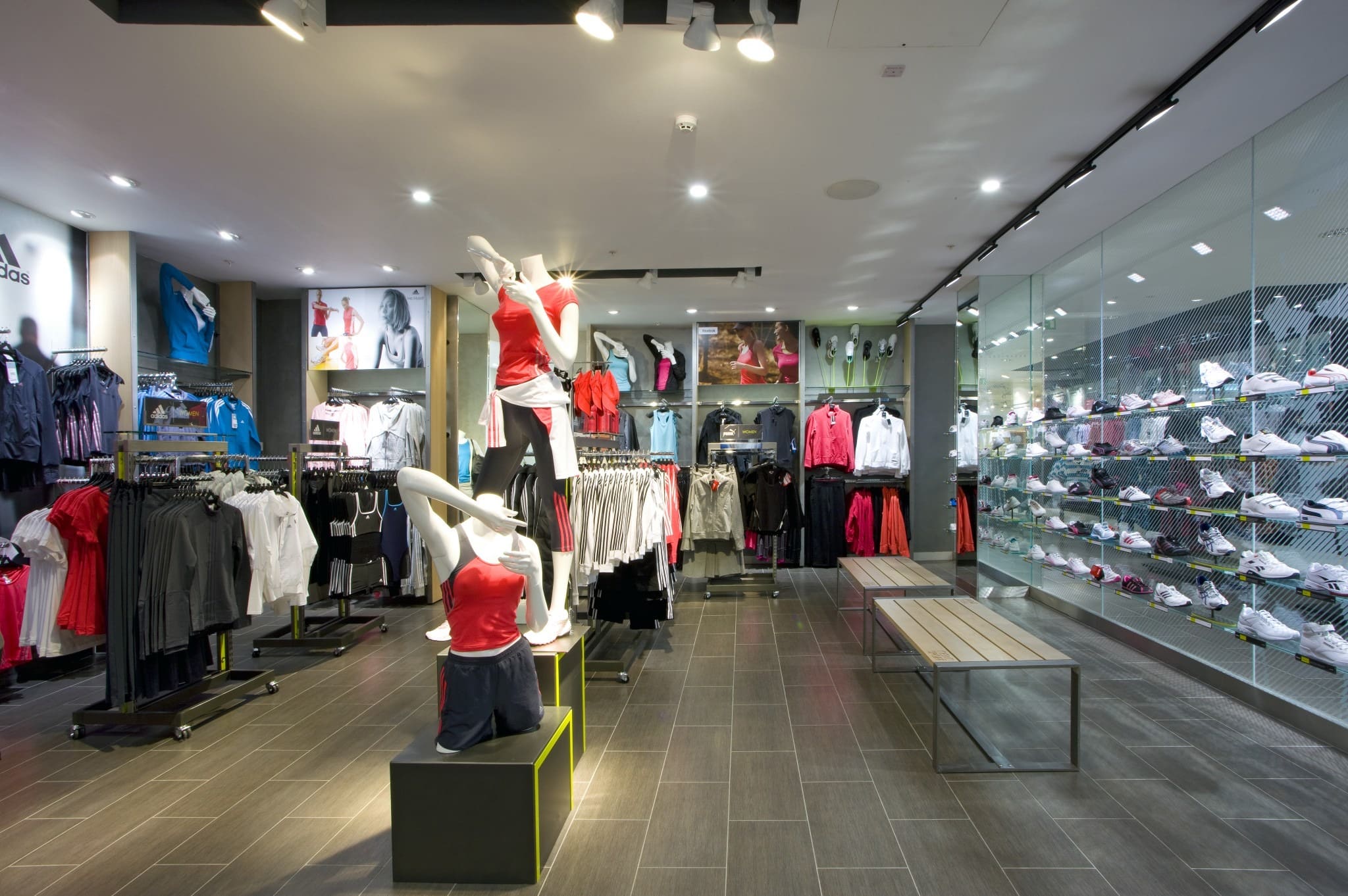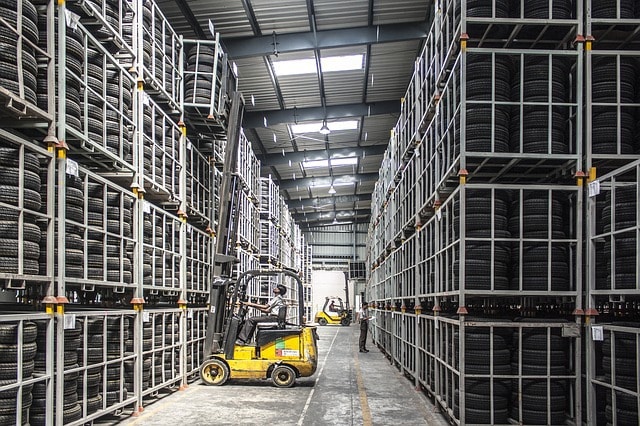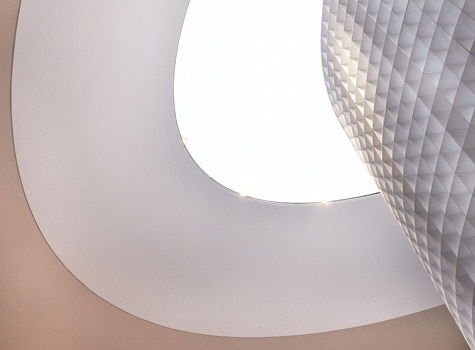This post is based around the shift of lighting beginning to expand into an IoT platform, offering degrees of functionality far past providing illumination alone.
Lighting will become more service based
Humanity has progressed steadily through many phases of technological advancement and furthered development. From a pocket watch in an adult hand to a smartphone in every toddler’s fingers, we’ve certainly come a long way, this being the age of ‘Digital Transformation’.
Manufacturers all over the world have begun the process of connecting almost everything to the internet. The relationship between consumer and product is a long established and previously sacred bond. Now, the Internet of Things is here to disrupt that. However, this is doing more than just causing you to worry about your toaster having an affair with the fridge, it’s fundamentally changing the way businesses look at their operation.
Companies which produce goods have typically treated their main revenue source as a series of one-time or repeat transactions. In this arrangement, a client specifies a product they want and the company fills the request. However, business models are shifting towards providing clients with an ongoing service.
In the service model, the client no longer specifies the item(s) they desire, but instead specify the outcome they want. It is the company’s responsibility to provide this output.
Lighting as a Service (LaaS) – Why the change?
Clients do not like maintenance, they simply want the desired result, and with the service model they get that. The company – now provider – gets repeat and ongoing business. Lots of repeat business means stability and new opportunities.
Lightelligence from Osram
Last year, Osram purchased Digital Lumens, a provider of industrial IoT solutions. They provide lighting with extended functionality and connect them all using their cloud-based platform ‘SiteWorx’. Osram started incorporating their technology into a range of their fittings and labelled it ‘Lightelligence’. Where before, fittings continuously illuminated an area to a set lux and temperature, they are now tailored to provide a specific lux level and, more importantly, they do this when needed.
The integration of sensory devices into lighting
Osram sensors can be employed to analyse up to 40 parameters, monitoring the environment and the quality of the light itself. These sensors are analysing more than just the lighting. The platform can conduct various analysis, such as tracking the movement of people through a space and monitoring when they congregate. This information can be used to generate business analytics. For example, a retail store could strategically position products along the routes that customers take through stores.

How can we benefit from this?
There are obvious financial benefits to tracking movement, there are also lots of plausible risks to personal protection and privacy. Cyber-attacks through IoT devices are not mainstream but are becoming more frequent. Your personal security is almost certainly secure, and regulation is likely to increase as these systems become widespread, thus saving you from the inevitable rise of Skynet.
Sensory devices and lighting – a case study
Osram have already started installing their system for real world application. One such system was employed in a warehouse this past year. It’s being used to further increase efficiency past turning off the lights when the space is empty. Multiple forklifts are operated in the facility. The system tracks their location and helps them plot the best route to get inventory, while averting accidents by setting the lights to blink if the system sees two forklift operators are on a collision course.
The penultimate goal here is to use the vantage point that lighting has, incorporate services which add value to the system and provide extended value to the consumer. This further satisfied the consumer and incentivises them to stay in the service contract.

The future of lighting
It’s no secret that until the LED tsunami, lighting had fundamentally been the same for a rather long time. Innovation is becoming more commonplace as we continue the marathon task of permeating almost every facet of our lives with technology. As much as lighting tries, with a finish time of 16 months to 2 years per development cycle, it isn’t setting any records.
Lighting has come to represent the last vacuum technology. Forty years ago, the semiconductor, disk-drives and software were on the cusp of sharp and stable growth. This is where the lighting industry stands today. As mentioned previously, we are starting to see the integration of sensory devices into lighting. This is creating a new digital platform that will provide easy-to-use applications integrated with intelligent functionality.
This could be revolutionary for the industry, as lighting itself becomes only part of a much larger, deeper and dynamic package. An almost untapped market, you can look forward to a greater appreciation and increased value in the sector, as we fundamentally shift our perspective on the role of lighting.
That is assuming someone doesn’t beat you to it.
The pace of innovation within the lighting industry will increase
The industry is bogged down by the long-accepted and seemingly unbreakable rule that innovation does not need to come quickly. As alluded to previously, innovation cycles last between 16 months and 2 years. In that time, Apple has released two more iPhone models and Moore’s Law has seen computer capacity double.
In the world of today, consumers are impatient, and they want their desired innovations like yesterday. However, the lighting industry seemingly sees no need to increase pace, as all competitors are operating at about the same pace. This would be sustainable, if we weren’t about to enter a redefining period of the industry.
Untapped markets are feeding grounds for start-ups who want to cut their way in, and they pay no attention to the established rules. The size, position and drive of start-ups allows them to compress their innovation cycles significantly and jump the gun. While they may not have the brand power, or even hit the same quality level as an established supplier, they are holistically based around the product functionality being superior to what is currently available.
This ability to bring functionally superior products to market and do so faster than the established brands is a combination which results in aggressive value creation.
It may not be long before we see smaller companies encroach on the market share of the established manufacturers with superior products. This will ensure a tougher fight, with more investment needed to compete. If those companies with a stake in the market wish to retain it, and allow it to grow, they may have to think about getting their new products out the door sooner rather than later.

IoT will continue to grow, with implications
Whether you believe in the power of a world of interconnection, or you’re a dissenter who believes that a toaster should not be dating a fridge, there is no escape. If not already abundantly clear, the Internet of Things is upon us.
According to IoT analytics, in 2016 there were more than 4.7 billion items which had a connection to the internet. This is predicted to increase dramatically; 11.6 billion by 2021 and upwards of 21 billion by the year of 2025.
This should not be inherently worrying, or necessarily celebrated. It could simply be a sign of where we are headed; everything connected in pursuit of maximum comfort, effortlessness and efficiency.
What to expect as the rise of the planet of the objects continues:
1. Your personal security will become fragile… and then rock solid.
By nature, the more objects you have connected to your personal network, the more chances there are for no-gooders to find an open window that could be used to gain access to your network. This is obviously very bad, as this may allow an attacker to access the personal information they need to get into your bank accounts and create all kinds of inconveniences for you.
The good news is that privacy and personal security is a matter that government and international regulators take very seriously. Therefore, it’s likely that the internet of things will be governed by legislation and increased regulatory activity.
This is likely to be a positive step, where you get more control over how your data is accessed. You can already see these kinds of measures cropping up across the web, in the new wave of pop-ups swarming the front pages of websites. ‘How we handle your data’ etc.
This increased regulation will more than likely to keep you protected; however, will it also cripple the ability of your shiny new IoT devices to function?
2. Artificial Intelligence will improve.
As the number of connected devices available on the market increases, naturally, so will the competition to win your purchase.
One of the best ways to succeed, is to make your product superior to the competition. By fueling the development of superior AI and improved machine learning, these devices will become more convenient, useful and holistically better at fulfilling our requirements and completing tasks for us.
So, we’ll have at least five years of tranquility before the machines realise they’re better off without us.
3. 5G will appear sooner than you think, with 6G not too far behind.
Just as the competition to win your purchase will drive the development of better AI, our continuing wish to connect our devices to the internet will drive the development of the 5G network.
We want to connect more devices than ever before, and we always want that connection to be faster. The demand for the 5G network will only increase as we continue to see the number of IoT devices rise. Once we have it, it’s more than likely we’ll connect more devices and then we’ll want a faster network… you can see where this is going.